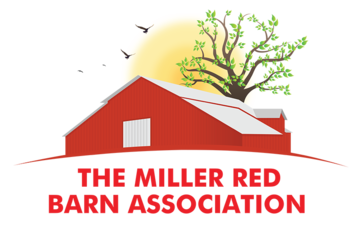The Valley of Heart’s Delight
Source Document: Passing Farms, Enduring Values – California’s Santa Clara Valley Published: 1984 William Kaufman Inc. in Cooperation with the California History Center Author: Yvonne Jacobson with a Foreword by Wallace Stegner 2000 URL of Synopsis: deanza.edu/califhistory/documents/californian/californian-2000-12.pdf
Introductory Excerpt
“If the farm is now in the realm of memory, its history reaches back to the time before human occupation when this small Olson plot (Olson’s Cherries – Sunnyvale) was part of huge oak woodland and an alluvial plain graced with streams carrying rich soils down from the Coastal Range. Crossing the streams, the hunter-gatherers established a footpath connecting their encampments passing what would become our family farm. The Spanish settlers after 1776 called it El Camino Real.
The first European owners of our farm, an Irish family (Murphy), fenced their land and raised grain. Then, in the early 1900’s, they planted orchards. An old photo of the time shows the oaks, cut down later to make room for fruit trees. The history of their neighbors differed only slightly from this pattern, until most of the Santa Clara Valley, by the late 1920’s, became a fruit tree forest called The Valley of Heart’s Delight.
World War II changed everything. A period of development followed with the rich soils covered over by buildings, homes, freeways and high-tech campuses. People continue to come to Silicon Valley and continue to find a serious shortage of affordable housing. When the first printing of my book in 1984, there were 20,000 acres of orchards left in Santa Clara County.Today (2000), only 4,500 acres of fruit and nut trees remain, mostly in the Gilroy and Morgan Hill area. Another 11,500 acres are farmed with vegetables and berries, although these annual row crop farms are not too far out of sight of newly developed lands.
Santa Clara agriculture continues to survive around the urban edges especially in Gilroy, Morgan Hill and San Martin. What also survives is the value of agriculture. The connection between the soil, the cycles of the earth and the dedication of men and women to bring the harvest to our table. Our lives are enriched by the bounty of local fruits and vegetables. This reality is worthy of our appreciation and acknowledgement.
While change can transform the landscape, robbing us of the familiar, it is integral to the ongoing cycle of life. One generation begets another, one community succeeds another. But amid the rush of the present and the excitement of the future it is well to remember the past. The thread that binds us to that past is fragile, yet it is vital because it can lead us back to ourselves and what we value in our lives.”
